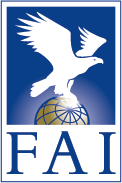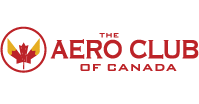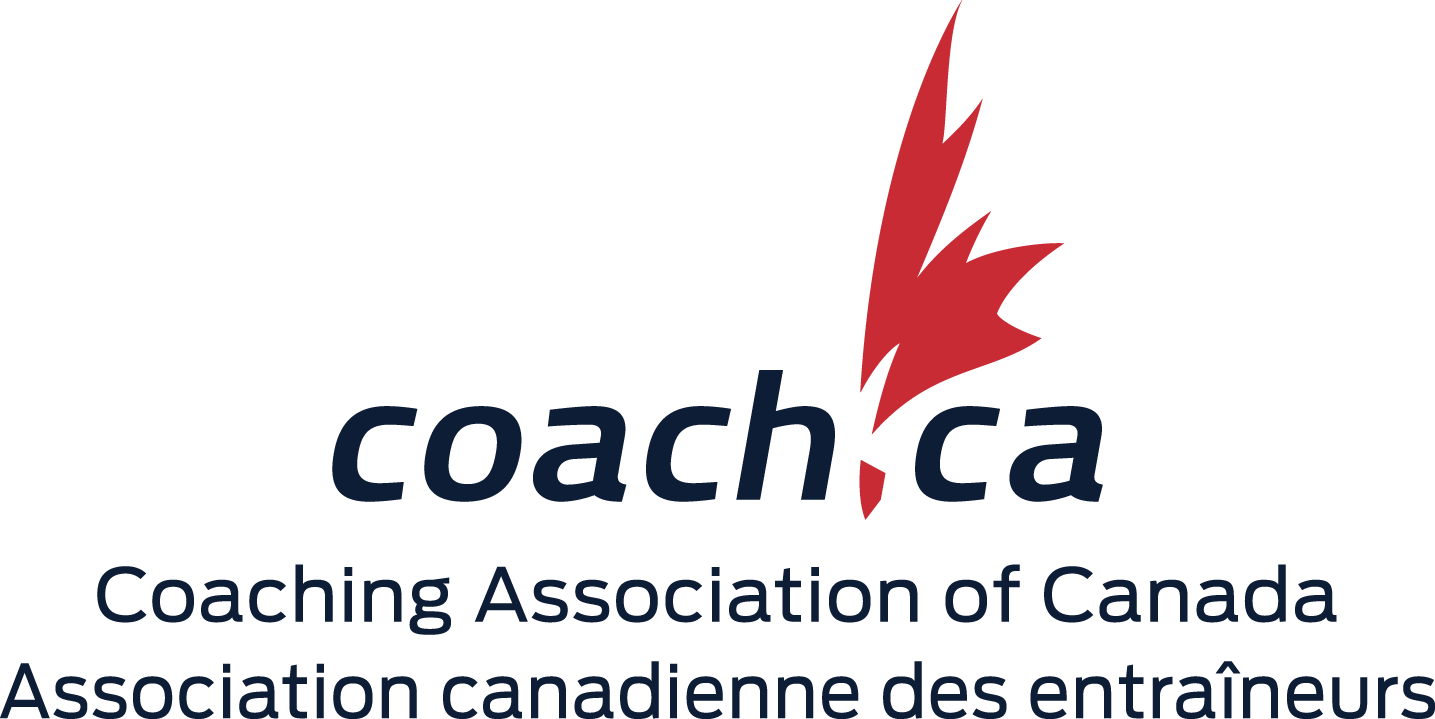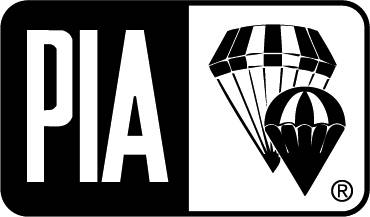Night Jump
Introduction
Night jumps, like any other form of skydiving , can be a unique and enjoyable experience when properly planned. They are carried out during night VFR conditions and occur between one hour after official sunset and one hour before official sunrise. Night jumping requires special preparation, training and increased vigilance for several reasons including the reduction of vision. Night jumping places increased stress and responsibility on the skydiver, ground crew and pilot. Overcoming these challenges is what makes night jumps interesting and memorable.
The testing of technical knowledge required for this endorsement may be done verbally or by written test. The skydiver does not have to actually jump at night to become endorsed. However, nothing can replace the experience of actually doing a night jump.
This endorsement is required for Night Jumps.
Qualifications
- The skydiver must have a "B" CoP or higher; or "A" CoP with night endorsement and supervised by a "B" CoP on the load.
- Competent skydiving experience to the level of difficulty being attempted on the jump.
- In addition, for night relative work, previous night jump experience and a "B" CoP are required.
Regulations
Specific regulations are set out by:
CSPA
- Maximum Winds - 10 mph, or 9 kts, or 5 m/s
- First night jump - maximum 20 second delay recommended.
- Floatation gear recommended over 7,200' AGL when in the vicinity of water
- Oxygen aboard aircraft - recommended over 9,500' ASL as decreased available oxygen considerably affects night vision (hypoxia effects night vision at 5,000')
Transport Canada
- Aircraft must be equipped for night flying.
- Pilot must have an IFR or current night rating
- DZ's NOTAM may have to be amended to include night hours ( may require several weeks to obtain approval)
Teaching Strategy
The training should include the following topics:
- Resisting disorientation
- allow time, at least 30 minutes, to develop full night vision
- practise jump with actual equipment in daytime
- Use of lights
- instruments
- canopy check and landing
- caution (marker)
- Ground lighting
- target
- obstacles
- Ground-to-air communications
- primary
- alternate
- Emergency procedures
- emergency action plan review
- Spotting
- night WDI
- meteorological reports with topgraphical map. (strong upper winds, low ground winds is a common condtion)
- Other problems
- Night vision: night adaptation time is minimum of 30 minutes. Rods (low light sensors) are situated around the outside of the centre of the retina. Therefore the clearest image is obtained by looking slightly to one side of an object
- Bright lights: even very brief exposure reduces night vision
- Smoking: carbon monoxide in the blood reduces the level of oxygen saturation.
Evaluation
The administration of this endorsement can be done by a SSE.
The testing of technical knowledge required for this endorsement may be done verbally or by written test. The skydiver does not have to actually jump at night to become endorsed. However, nothing can replace the experience of actually doing a night jump.





